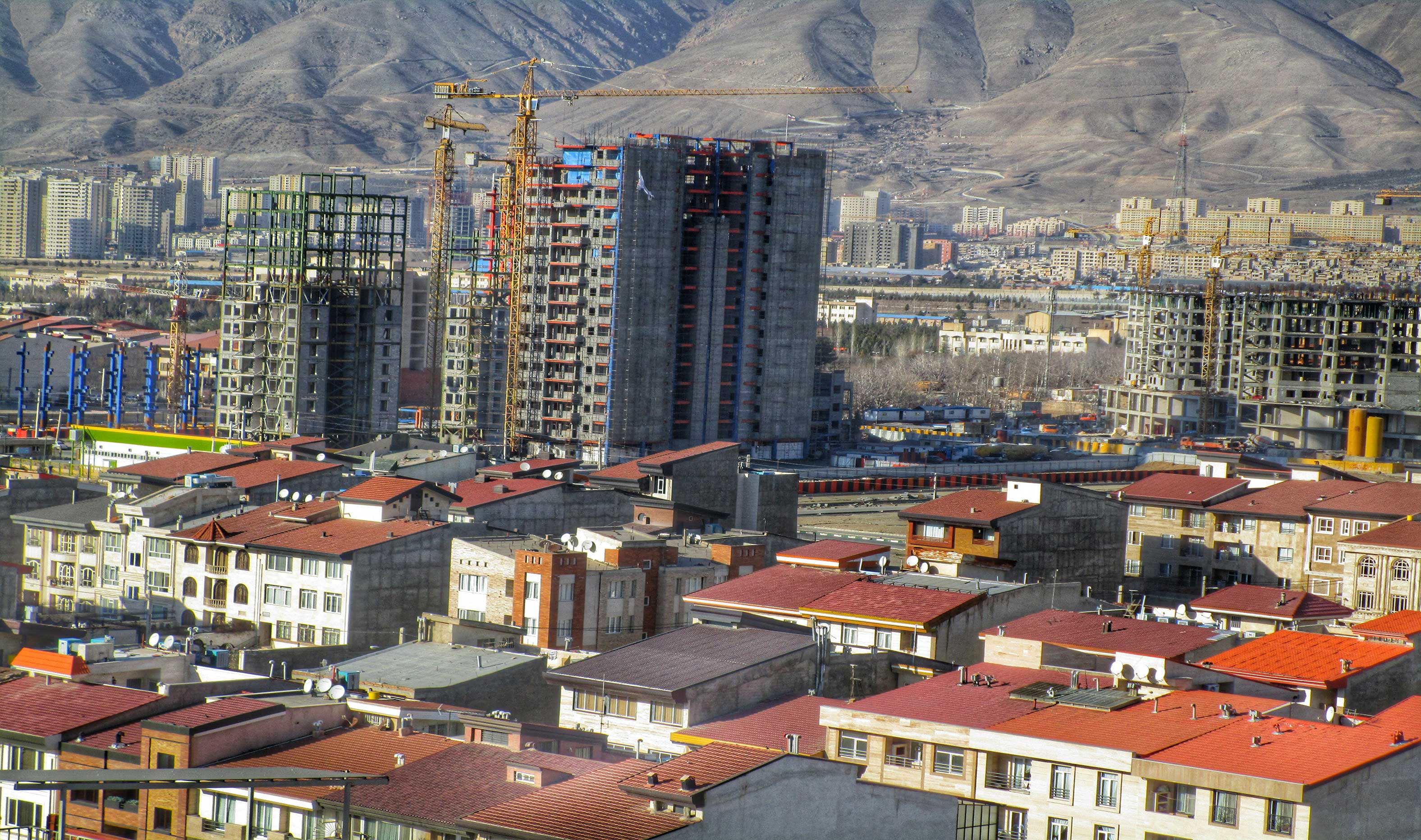After a lackluster start to the new Iranian year (started March 21), Tehran real-estate residential deals rebounded during the second month (started April 21) to herald an imminent relief for the beleaguered housing sector now in a six-year slowdown.
According to the latest figures released by the Central Bank of Iran–the entity in charge of official economic data–the number of home sales in the Iranian capital city rose by 6.4 % over the previous year. The total number of sales stood at 16,374 residential units with an average price of 45.3 million rials ($1,210) per square meter, with prices registering a growth of 5.7% compared with the same month of previous year.
On a collective two-month basis, the average price of homes in Tehran and their number respectively increased by 4.8% and 2.3%. Due to its significant share in the country's real estate, Tehran's property market is often indicative of the national picture of an industry that supports some 300 subsectors.
During the one-month period, demand for houses ranging from 16-20 years witnessed a surge of 70.1%, which accounted for 12% of the total house sales–4.5% more than the same month of last year. The biggest share of sales, however, still went to new apartments (up to 5 years old) at 47.6%, but their share declined 4.4% compared with the previous year.
As the report indicates, residential units older than 20 years and apartments 6-10 years old also experienced an increase of 31.3% and 11.1% in their sales YOY, owning 8.2% and 16.3% of the entire deals, respectively.
District 5, located in the city's northwest recorded the most number of residential real-estate deals during the month to May 21, accounting for 16.1% of the total deals in the capital. District 4 and 2 followed with 11.4% and 9.4%, respectively.
The average price of residential units in District 5 stood around 50 million rials ($1,333) per square meter which, according to CBI's statistics, is considered to be slightly above Tehran's average price.
This is while high-end District 1with an average price of 97.6 million rials ($2,600) is the priciest area while on the opposite side of the city in southern parts–including District 18 (the cheapest neighborhood)–the average home price hovers around 22.1 million rials ($590) per square meter. Prices in districts 1 and 18 grew by 2.1% and 3.8%, respectively.
According to the CBI report, rents are also gaining in tandem with the inflation rate. Rents in the city of Tehran and in other urban areas of Tehran Province registered a year-on-year growth of 11.5% and 9.7%, respectively.
Cheap Homes in Demand
Hesam Oqbaei, the head of Tehran Association of Realtors, said this week a number of positive factors in the housing sector heralds the end of the long-running recession and the beginning of a pre-boom phase in the key sector.
He noted that with the presidential election over and summer approaching, two important factors are there to trigger a housing boom.
Almost half of all the deals concern apartments with prices under 3 billion rials ($80,000).
Residential units priced between 1.5-2 billion rials ($40,000-$53,300) had the lion's share of the market.
As CBI's survey reveals, cheaper and smaller apartments located in low-priced districts of the city are witnessing an increase in both sales and prices.
Apartments smaller than 80 square meters accounted for 52.7% of the deals, indicating that people are more eager to buy cheaper homes as their purchasing power has weakened in the face of record home price rises between 2005 and 2012.
An analysis by the research arm of the Iranian Parliament in late January revealed that the negative growth in the property market has persisted all the way to the end of the previous fiscal year in March 2017.
President Hassan Rouhani recently weighed in on the housing market and said, "We are facing no recession in our economy other than in the housing sector."



